Spirited Garden (생각하는 정원)
2021-03-26
675, Nokchabunjae-ro, Jeju-si, Jeju-do
+82-64-772-3701
Spirited Garden is home to hundreds of bonsai plants in a natural garden with the theme of oreum (volcanic cone) and water. The name changed from Bunjae Arpia in 2007 to commemorate the 15th anniversary after opening and to renew the garden as an international garden. The history of the garden started in 1963 when Seong Beom-yeong, the founder of the garden, came to Jeju and cultivated the wasteland full of rocks. The garden came into the international spotlight as the beautiful space was created from the wastelands by a single farmer. The garden has been visited by many honored public figures such as Jiang Zemin and Hu Jintao from China, Nakasone from Japan, Kim Yongsun from North Korea and others. Currently, about 400 planted trees are on display. Also, visitors can see various facilities including stone walls and stone towers stacked with Jeju volcanic stones, the largest artificial waterfall in Jeju, and a pond filled with large carp at the base of the the waterfall.
Wando-gun, Cheongsando Island [Slow City] (완도군 청산도 [슬로시티])
2020-06-11
19-3, Docheong 4-gil, Wando-gun, Jeollanam-do
+82-61-550-5151
The name Cheongsan (靑山) carries the meaning that all of the surroundings - the mountains, ocean and sky - are blue. Cheongsando Island is a small island featuring beautiful scenery located 19.2km from Wando in Jeollanam-do, and is the southernmost island in Dadohae. The island looks to Geomundo Island in the east, Soando Island in the west, Jejudo Island in the south, and Sinjido Island in the north. Cheongsando Island was designated as part of Dadohaehaesang National Park on December 23, 1981 and the first Asian slow city on December 1, 2007. The slower visitors walk through the island, the more beautiful the island is. Likewise, the island was picked as one of must-visit tourism spots by Korea Tourism Organization and CNN. The island also features the valuable agricultural asset of gudeuljangnon, terraced rice paddies.
Birthplace of Empress Myeongseong (Queen Min) (명성황후 생가)
2024-08-22
71 Myeongseong-ro, Yeoju-si, Gyeonggi-do
+82-31-887-9730
This is the house where Empress Myeongseong was born and lived until she was eight years old. She would grow up to be the wife of the dynasty’s 26th ruler, King Gojong. The birthplace and the adjoining Memorial Hall are open to the public.
Empress Myeongseong was a brilliant diplomat who pursued openness and reform to maintain the sovereignty of the nation. Unfortunately, her tumultuous life came to an end in the early morning hours of October 8, 1895 when she was murdered by the Japanese army.
During Japanese colonial rule, the empress was wrongfully accused of being a jealous and overly ambitious person. Studies of various archives have since revealed what a great person she really was. Recently, numerous television productions and musicals have also corrected those misunderstandings. Renovated in 1995, her birthplace includes three buildings with servants’ quarters, master’s quarters, and a separate house. A commemorative monument now stands at the site of the room where the empress studied as a child. The Memorial Hall in front of the house contains various archives and artifacts related to Empress Myeongseong’s life.
Bigeumdo Island (비금도)
2021-07-01
Jukrim-ri, Sinan-gun, Jeollanam-do
+82-61-240-8524
Located 54 kilometers from Mokpo Port, Bigeumdo Island is made up of 82 islands. The coastline is approximately 132 kilometers and in 1996 the Yeondogyo Bridge was constructed connecting it to Dochodo Island. Bigeumdo Island makes up 5% of the salt production in Korea.
The most beautiful beach on Bigeumdo Island is Wonpyeong Beach with its fine red sand. In particular, the view of the sunset on this beach is spectacular. It was also the filming location for TV drama "Spring Waltz."
Yeomiji Botanic Garden (여미지식물원)
2024-10-16
93 Jungmungwangwang-ro, Seogwipo-si, Jeju-do
+82-64-735-1100
Yeomiji Botanic Garden features a vast outdoor garden spanning 110,000 square meters and an indoor botanical garden covering 10,000 square meters. With over 2,300 species of plants, visitors can enjoy panoramic views of the Jungmun Tourist Complex, Cheonjeyeonpokpo Falls, Hallasan Mountain, and the coastline from the central observation tower indoors. Outdoors, there are themed gardens representing Korea, Japan, Italy, and France. The cactus garden also showcases baobab trees.
Gakwonsa Temple (각원사)
2024-03-15
245 Gagwonsa-gil, Dongnam-gu, Cheonan-si, Chungcheongnam-do
+82-41-561-3545
Gakwonsa Temple, nestled midway up Taejosan Mountain in Cheonan, stands as a beacon of hope for the peaceful reunification of Korea. The temple's most renowned feature is the immense bronze statue of the seated Amitabha Buddha, which measures 15 meters in x_height, 30 meters in circumference, and weighs 60 tons. Additionally, Gakwonsa Temple is distinguished by its Daeungjeon Hall, the largest Dharma Hall in Korea. The temple's Gaesan Memorial Hall houses a collection of artifacts associated with the temple.
Cheonan Gwangdeoksa Temple (광덕사(천안))
2021-12-01
30, Gwangdeoksa-gil, Dongnam-gu, Cheonan-si, Chungcheongnam-do
+82-41-567-0050
Gwangdeoksa Temple is said to be established in 637 by Monk Jajang Yulsa during the Silla Kingdom and was refurbished during the reign of King Heungdeok (832). The temple sits in the southeast of Gwangdeoksan Mountain, which borders Asan-si and Cheonan-si, and the southwest of Taehwasan Mountain. It was the biggest temple within Chungcheong and Gyeonggi regions before the Japanese invasion. However, it was burnt down during the Japanese invasion and the main buildings such as Daeungjeon, Myeongbujeon and Cheonbuljeon Halls are relatively new compared to the other original facilities.
Tapgol Park (탑골공원)
2024-03-04
99, Jong-ro, Jongno-gu, Seoul
+82-2-731-0534
Tapgol Park is the first modern park in Seoul. Having been the site of the Buddhist temple of Wongaksa Temple since 1467, the land was turned into a park in 1897. The park has a significant presence in Korean history, being the place where the March 1 Independence Movement began in 1919. One can find historical sites that hearken back to the struggle, such as the Palgakjeong Pavilion, the center of the movement; cultural heritage sites such as the Ten-story Stone Pagoda of Wongaksa Temple Site and the Stele for the Construction of Daewongaksa Temple at Wongaksa Temple Site; and monuments such as the independence movement relief plate, murals, the statue of Son Byeong-hee, and the statue of Han Yong-un.
Dadaepo Beach (다대포해수욕장)
2025-09-10
14 Morundae 1-gil, Saha-gu, Busan
+82-51-220-4914
Dadaepo Beach is made from sands deposited by the Nakdonggang River. It features shallow water and a wide sand beach suitable for children. Water activities can be enjoyed at the beach such as paddleboarding, kiteboarding and more. More visitors have been attracted after the addition of a coastal park and walking paths. At the entrance of the beach, there is a grand plaza with a large-scale musical floor fountain. Visitors can enjoy the musical fountain from late-April to October.
Gyeongju Golgulsa Temple (골굴사(경주))
2025-05-21
101-5 Girim-ro, Munmudaewang-myeon, Gyeongju-si, Gyeongsangbuk-do
Golgulsa Temple is a temple located within the Hamwolsan Mountain, situated between Gyeongju City and the East Sea. With a history of over 1,500 years, it houses many Buddha statues preserved within its twelve grottoes. Maintaining the tradition of Korean Buddhism's practice of Seonmudo, visitors can witness Seonmudo performances. Additionally, there are templestay programs available, offering opportunities to experience Korean temple culture.
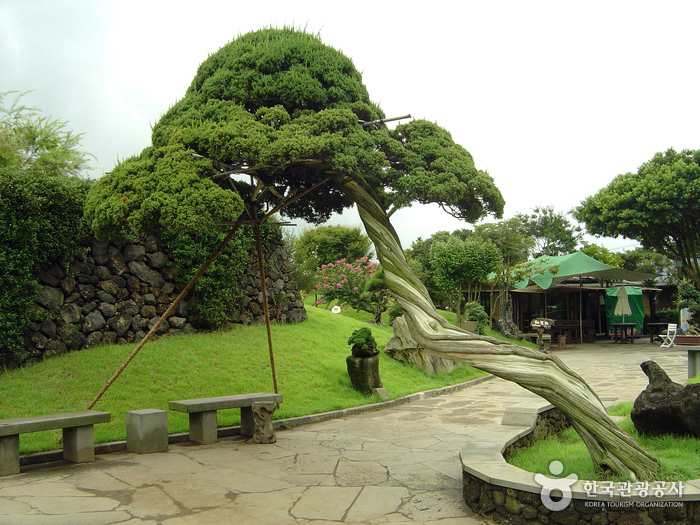
![Wando-gun, Cheongsando Island [Slow City] (완도군 청산도 [슬로시티])](http://tong.visitkorea.or.kr/cms/resource/42/1784242_image2_1.jpg)
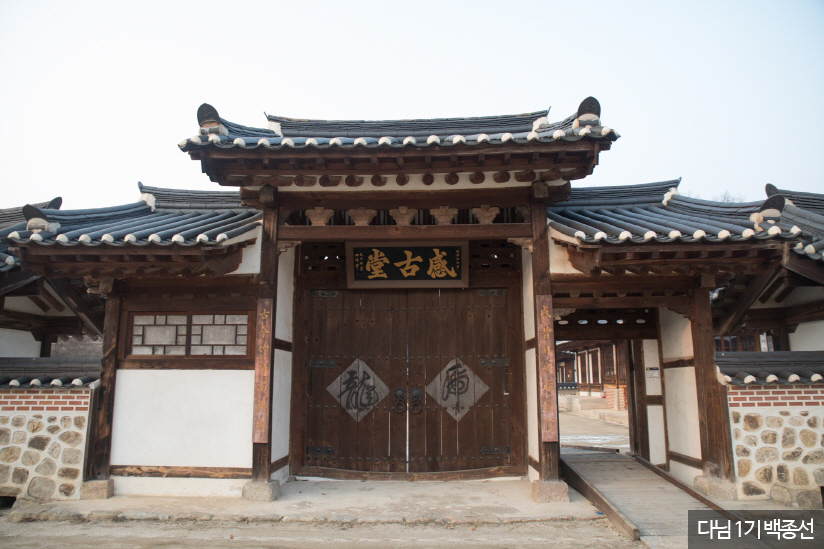
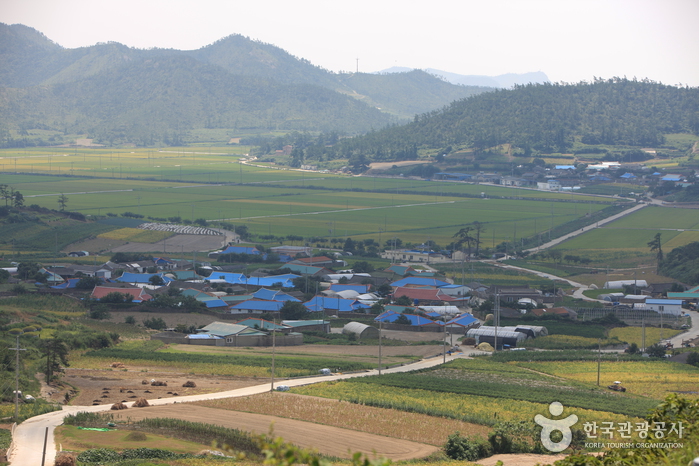
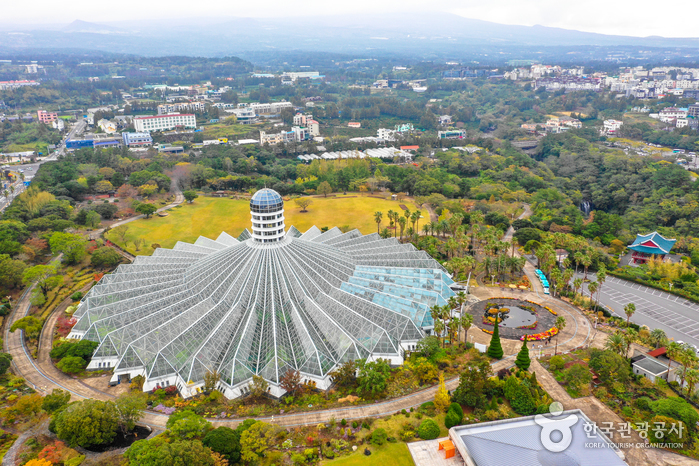
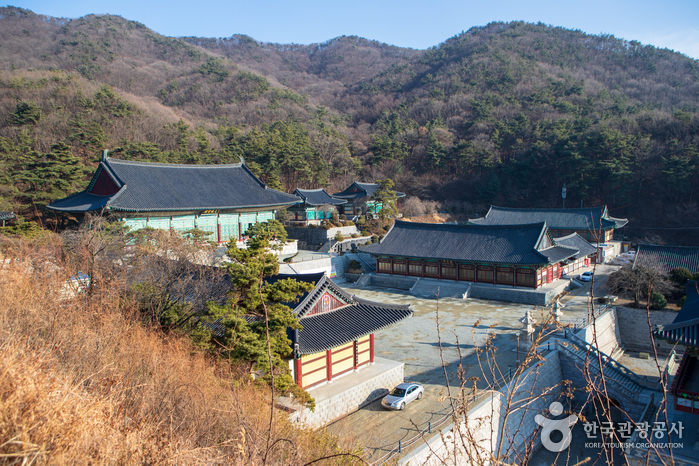
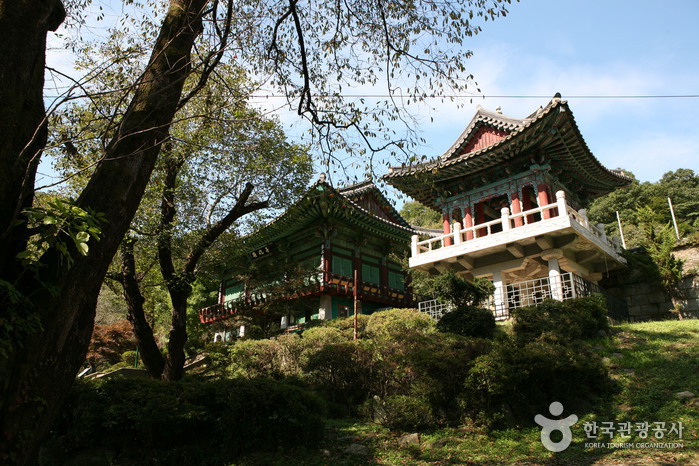


 English
English
 한국어
한국어 日本語
日本語 中文(简体)
中文(简体) Deutsch
Deutsch Français
Français Español
Español Русский
Русский